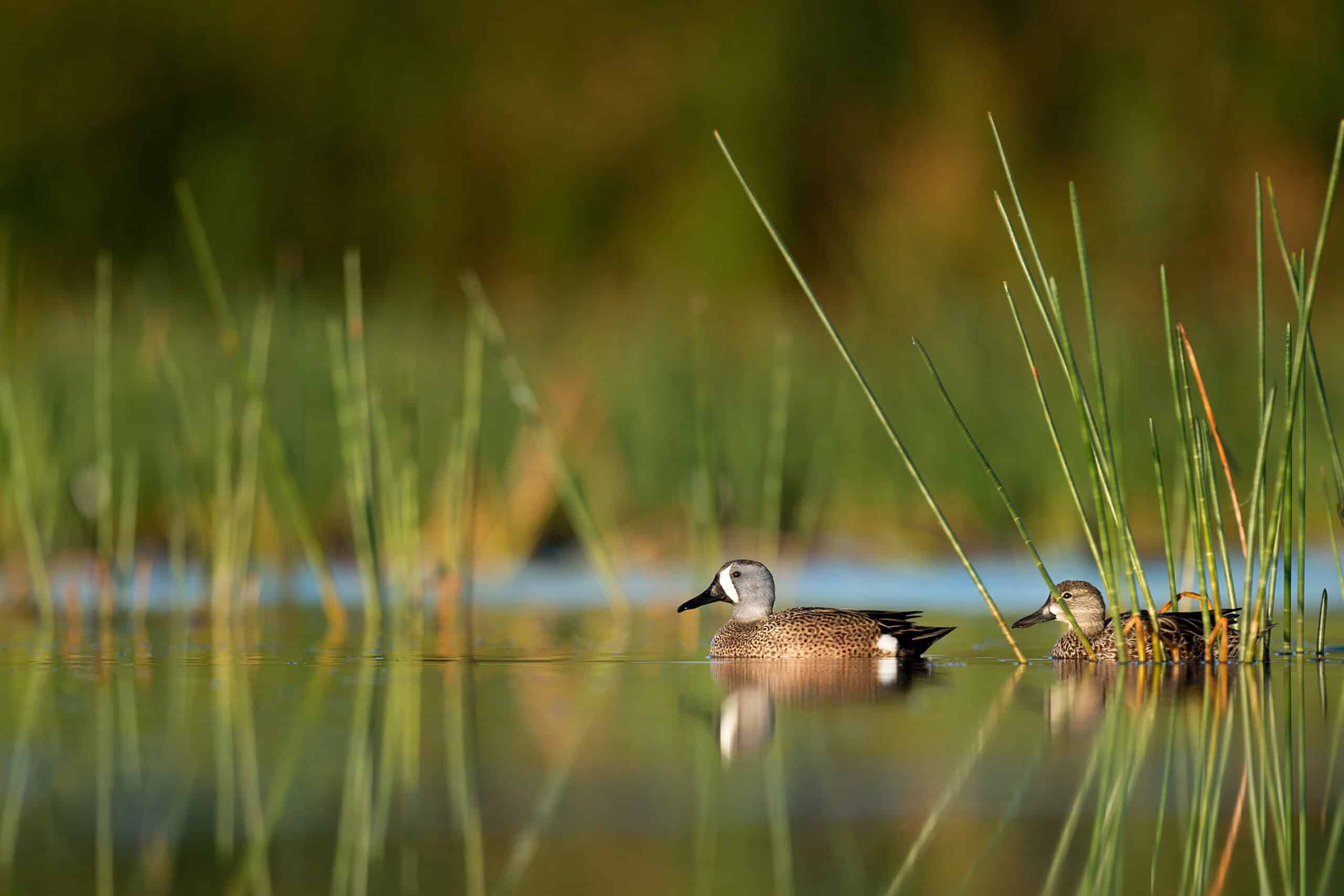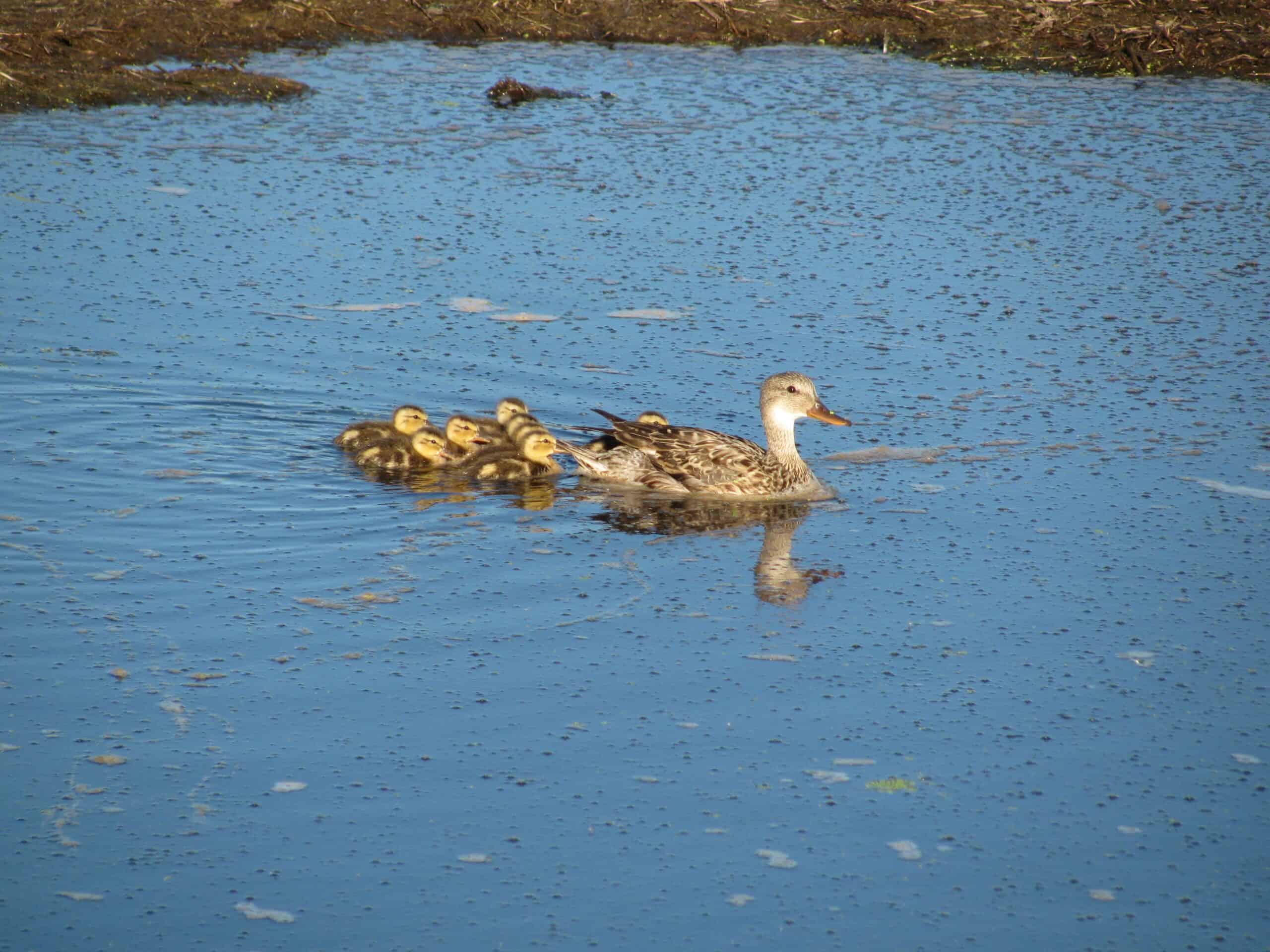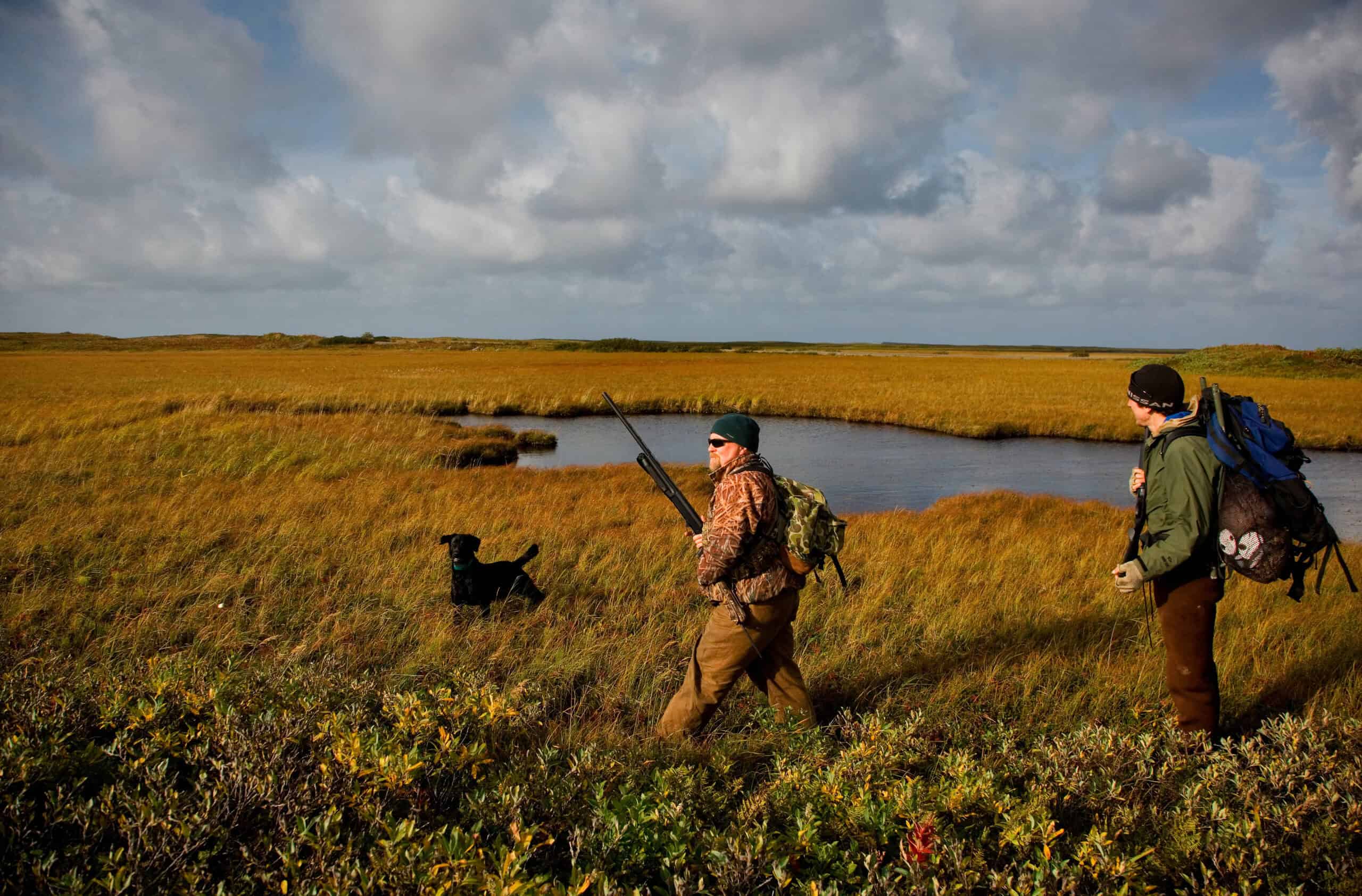Share this article
Wildlife Featured in this article
- mallard
- gadwall
- blue-winged teal
- northern shoveler
- northern pintail
WM: Proper planning can aid waterfowl in Canada’s ‘duck factory’
Decades of research offer guidance in the Prairie Pothole Region
Conserving waterfowl across the Great Plains is a balancing act, and like any balancing act, it helps to have a path forward.
The region is a critical place for food production. That’s true for humans, whose massive farms have made it a major agricultural region in both the U.S. and Canada. But it’s also true for waterfowl. The scattered wetlands of the Prairie Pothole Region support a trove of aquatic invertebrates that feed migrating ducks as they arrive to nest.
But those consumers are often at odds with one another. Farming practices that allow for large-scale agriculture remove duck habitat and often drain the wetlands that sustain waterfowl. Conservation here—an area so important to waterfowl it’s sometimes dubbed the “duck factory”—depends on providing enough habitat for ducks to successfully breed amid a human footprint.
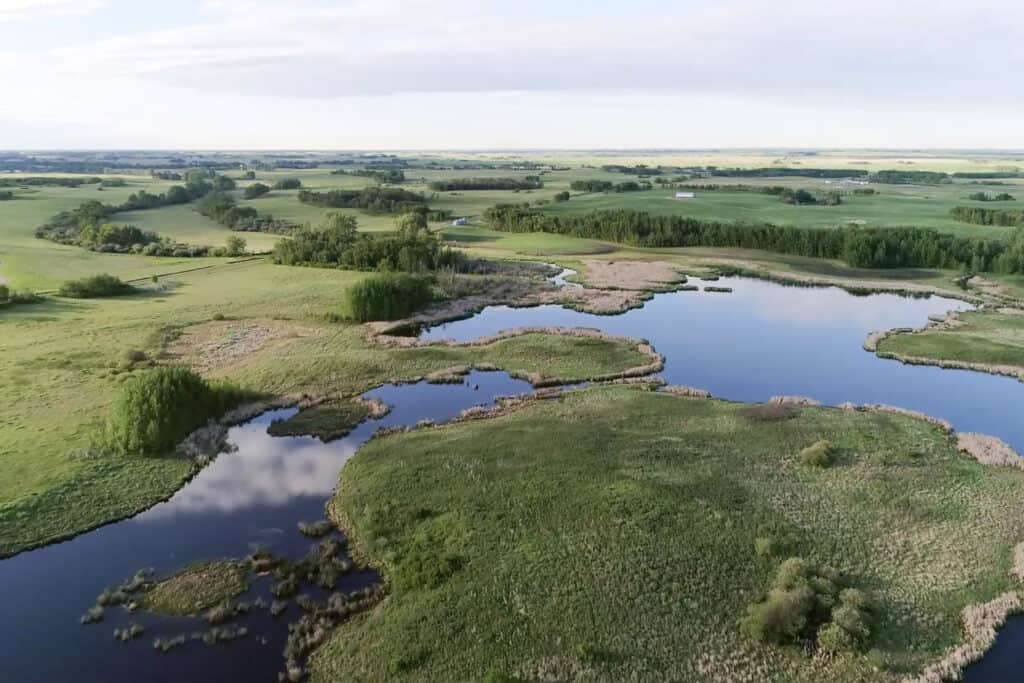
To help wildlife managers strike that balance, TWS member Jim Devries, research scientist with Ducks Unlimited Canada’s Institute for Wetland and Waterfowl Research, and a team of colleagues sought to distill their 30 years’ of research into a conservation planning tool.
“The conservation community always faces the question of how much habitat is enough,” Devries said, and that’s particularly true for waterfowl in the Prairie Pothole Region.
“You see that death by a thousand cuts over time in some locations,” he said. “Wetland-rich landscapes have been totally removed from their capacity to produce ducks.”
The lead author of the latest issue of Wildlife Monographs, Devries sought to map and model duck density and productivity across the Prairie Pothole Region of Canada and create a predictive model for conservation planning anywhere in the region—a vast expanse stretching across the southern portions of Alberta, Saskatchewan and Manitoba.
“It’s basically several careers’ worth of work in one document,” said Devries, who’s retiring this month after 30 years with Ducks Unlimited.
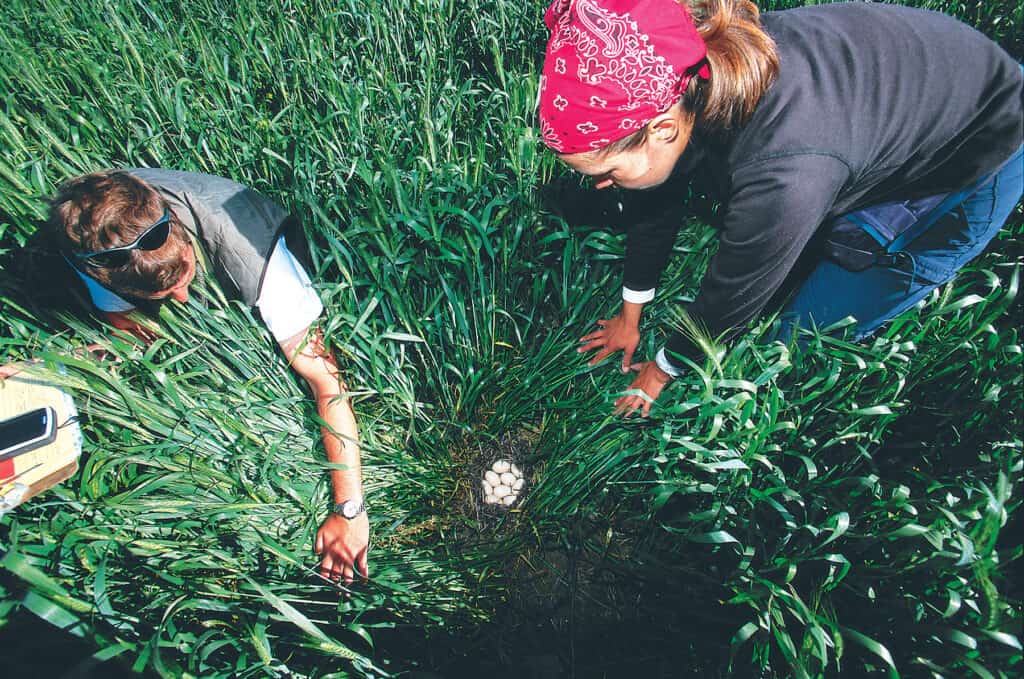
The monograph encompasses data from population surveys and research on habitat use and breeding success at multiple scales to develop conservation models for the region’s five most common upland-nesting ducks—mallards (Anas platyrhynchos), gadwalls (Mareca strepera), blue-winged teals (Spatula discors), northern shovelers (S. clypeata) and northern pintails (A. acuta).
The details are important, Devries said, because so many different factors go into nest success—from climate, to vegetation, to surrounding land uses—and they can vary for each species and each area. What works for mallards may not work for pintails. What works near cereal crops may not work near hayfields.
The conservation community always faces the question of how much habitat is enough
Jim Devries, research scientist with Ducks Unlimited Canada’s Institute for Wetland and Waterfowl Research
Devries and his colleagues sought to use their research to create a model that could help managers predict how conservation efforts would help duck success—wherever they are in the region. The model could help managers set habitat objectives to meet population objectives.
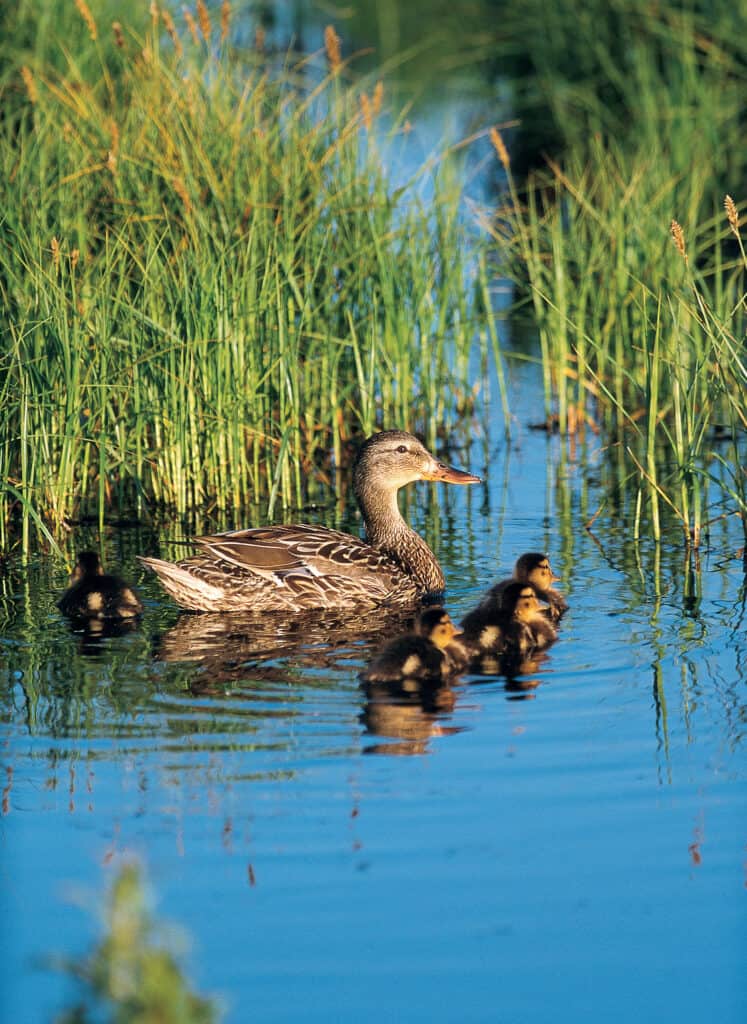
For a long time, Devries said, conservation efforts simply focused on maintaining as many wetlands as possible and restoring them when there was an opportunity. But that kind of broad-brush approach isn’t that effective, he said. With limited conservation dollars to protect wetlands, some areas are more beneficial than others.
“Without a model like the one we developed, it’s really hard to predict what ducks in any part of the Prairie Pothole Region will do in how they select an area to nest and how successful they will be, because it varies significantly across the landscape,” he said.
The research includes studies from some 25,000 duck nests gathered between 1994 and 2011, data from about 3,200 radio transmitters on female mallards and analyses of 48 years of annual waterfowl surveys from the U.S. Fish and Wildlife Service and Canadian Wildlife Service.
Devries hopes the tool can help managers make the crucial decisions they need to make.
“That question of how much habitat is enough and where do you get the biggest bang for the buck in conservation dollars—those are the questions the conservation community really needs to pay attention to,” he said.
Header Image: A pair of blue-winged teal float a prairie pothole wetland. Credit: Ducks Unlimited Canada



